There's more
to explore in
Malta

With its pristine nature, incredible rock formations, unique local culture and a history dating back thousands of years, there's so much more to explore on the islands of Malta. With boats connecting the trio of outcrops (Malta, Gozo and Comino) it's so easy to combine adventures on all three islands in one visit. Here's how to slow down and explore more of the archipelago...
Before you get started, be sure to hit play on our Malta playlist
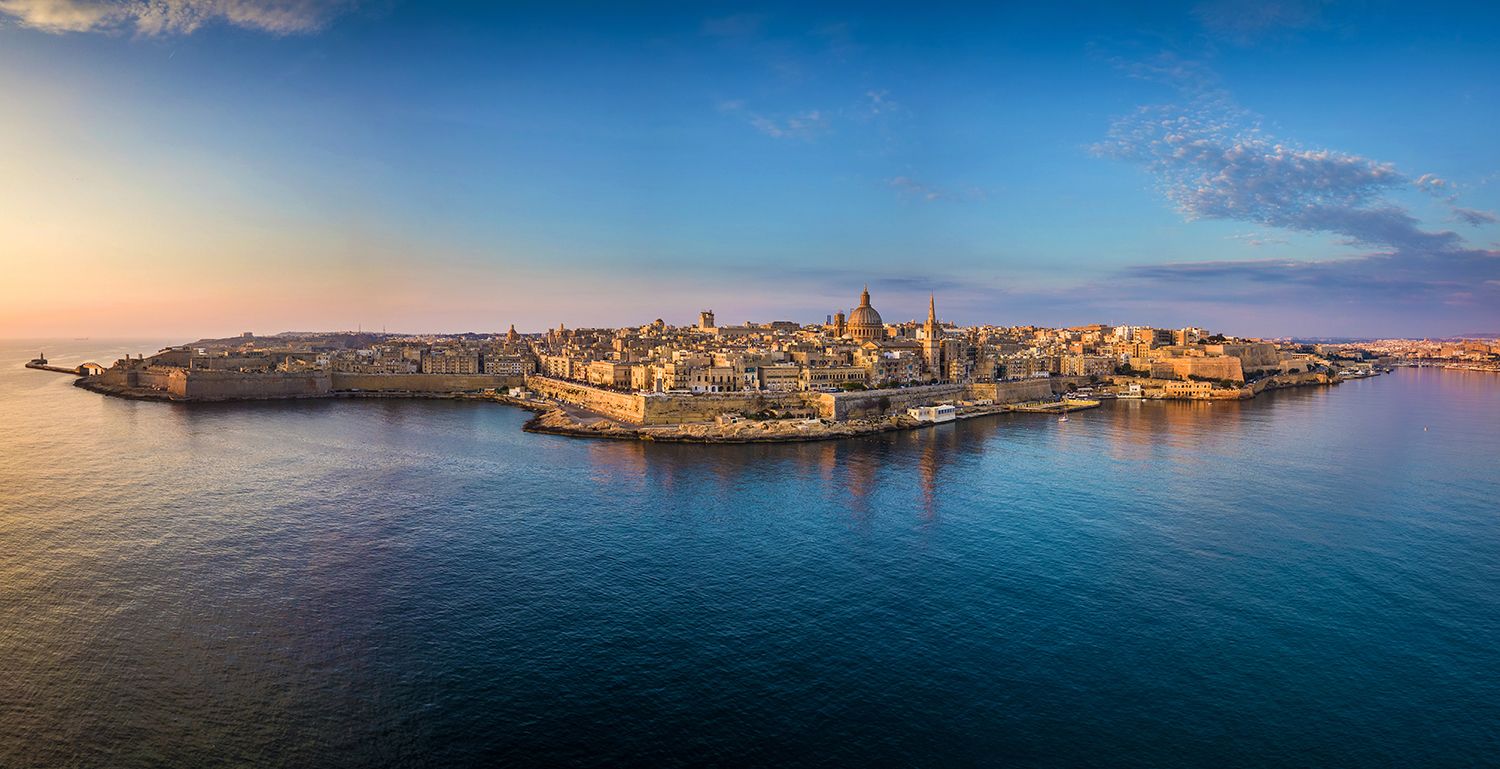
Scroll to explore more of Malta
Valletta
Home to the gilded St John’s Co-Cathedral, the Grandmaster’s Palace, the Upper Barrakka Gardens and many more historical sites, a walk of Valletta is like going back in time. Explore more of Malta’s historical sites in the capital and around the rest of the islands.
Ġgantija Temples
Gozo’s Ġgantija Temples are one of the oldest free-standing structures in the world, predating both Stonehenge and the Egyptain Pyramids by 1,000 years. And they are not the only ancient temples you’ll find here, with Ħaġar Qim on the island of Malta also worth exploring.
Marsaxlokk
This small town in Malta’s southeast is a must-visit local spot. The traditional fishing village is best explored on a Sunday when the open market is alive with fishermen selling their daily catch.
Comino
Don't miss a boat trip to the tiny island of Comino where you can clamber on the rocks and snorkel in the aptly-named Blue Lagoon.
Cittadella
Gozo's Citadella is an ancient fortified city that boasts spectacular views of the rest of the island.
The Blue Grotto
Calling all kayakers! A paddle inside the Blue Grotto will soon reveal how it got its name, with impossibly blue waters hidden inside the cave. And that's just the start, with many more caverns along this strip of coastline perfect for peeking into from a kayak.
Gastronomy
With traditional local dishes taking influences from Malta’s diverse cultural make up, you’re spoilt for choice when eating out in Malta. Expect platters of fresh fish, traditional stews, historic bread, local wines and more. You’ll soon be feeling as stuffed as a Maltese pastizzi.
The Dingli Cliffs
They may stand 250 metres above sea level, but a walk across the Dingli Cliffs is well worth it for the views, particularly at sunset.
And so much more to explore...
Go back in time
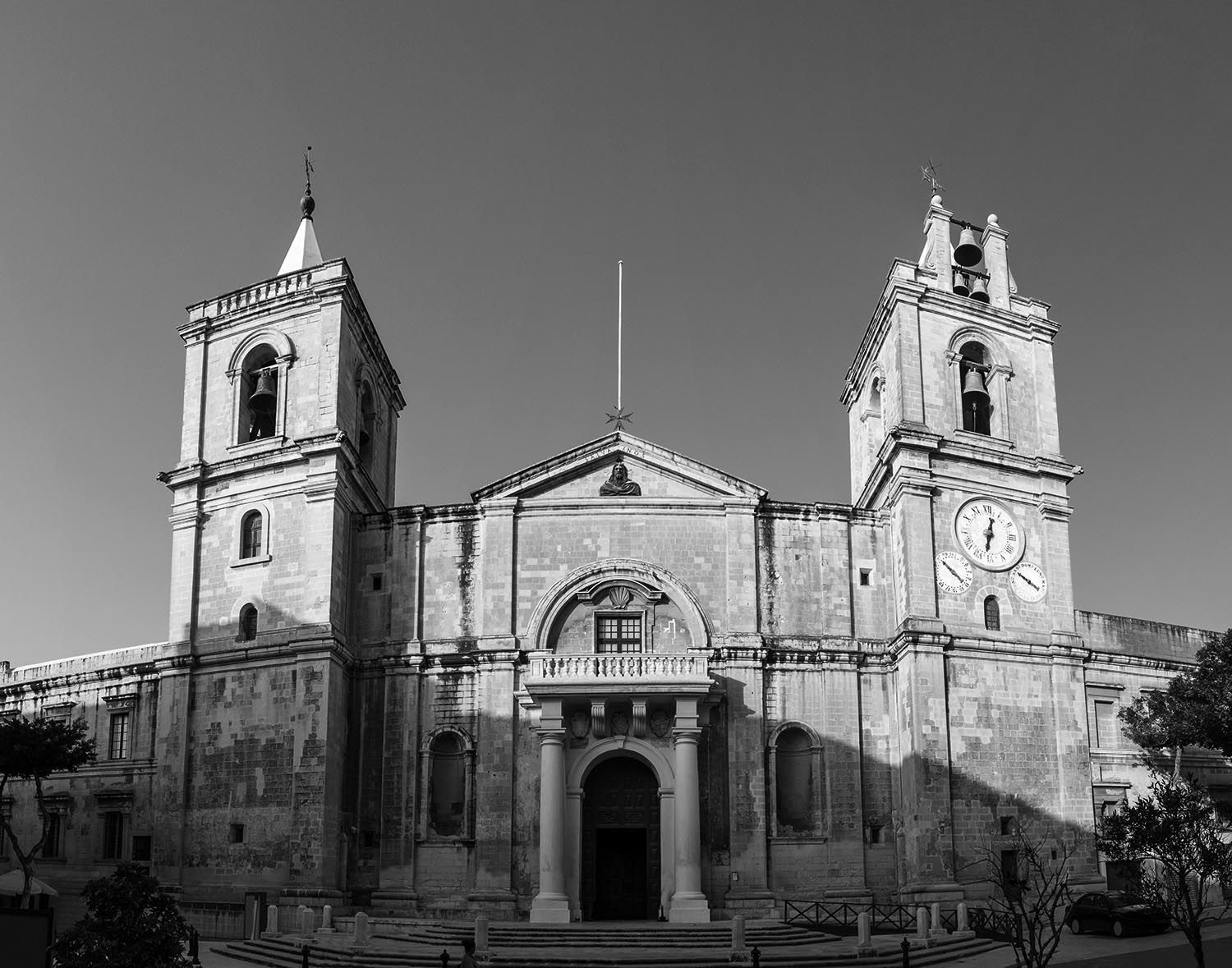
Malta is a place where you can seemingly learn of its history through osmosis. Where you can stand rooted in one place and gaze out over an epoch-blurring skyline that paints a living picture of its storied past.
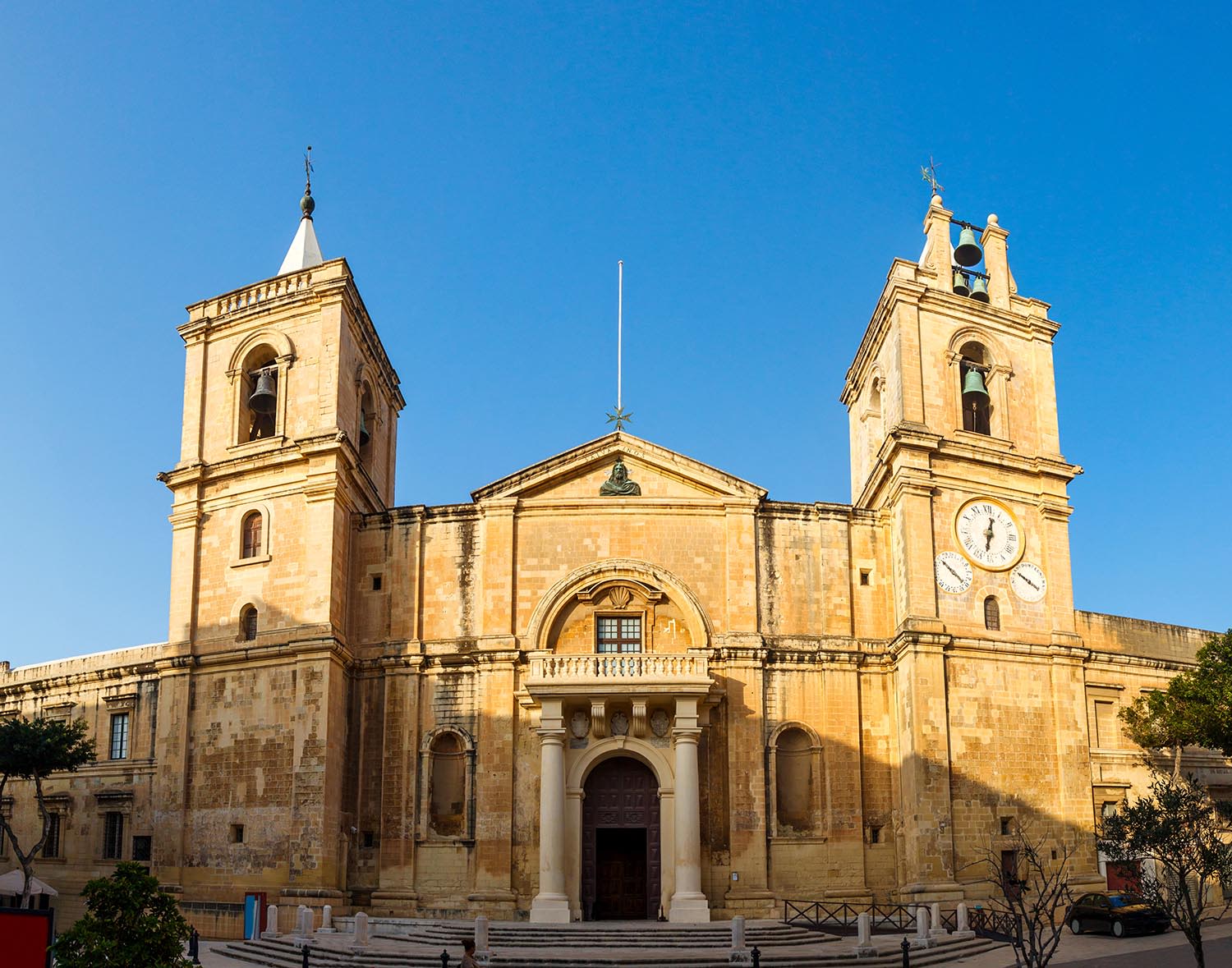
Megalithic temples
History on the island of Malta stretches back millennia, and the still standing temples of Mnajdra and Hagar Qim on the island of Malta are estimated to have been built between 3,600 and 3,200BC. To put that into context, that’s 1,000 years older than Egypt’s temples. The temples can still be explored today, and a walk around them will reveal how astonishingly well-preserved they are. They are a particularly special sight during the summer solstice when the sunlight aligns perfectly to shine through a tiny hole to form a crescent moon shape on the inside of the structure.
On the island of Gozo, more monolithic temples can be explored. The Ġgantija Temples are also well preserved and as well as the temples, visitors can explore the Interpretation Centre to learn more about the Neolithic Period and see some of the island's most significant prehistoric artefacts.
Medieval Malta
For a glimpse of Medieval Malta, look no further than the fortified city of Mdina. Nicknamed the Silent City, you can explore by horse drawn carriage for a real medieval experience. Situated on a hill in the middle of the island, the impressive city with its ochre-hued walls, tunnels and bridges has starred in shows such as The Game of Thrones. Also oozing Medieval charm is Gozo’s hill-top Citadella which will command your eye wherever you are on the island. The fortified city has been inhabited since prehistoric times, but its roots are in the medieval times and as you walk its winding streets, you can soak up its long and fascinating history.
16th century architecture
Where better to soak up Malta’s 16th century grandeur than UNESCO-listed Valletta? When the Knights of St John made the city their capital, they wasted no time in creating beautiful buildings, many of which can still be explored today. The first structure of the Grandmaster’s Palace was built during the reign of Grandmaster Jean de La Cassiere (1572-1581) and is well worth exploring. Nearby, don’t miss St John’s Co-Cathedral. Don’t be fooled by its modest exterior as inside awaits an eye-squintingly bright interior, with almost every millimetre of the walls and ceiling dripping in gold and art. The most famous painting is Caravaggio’s The Beheading of St. John the Baptist which hangs alongside other pieces of his work, and an interactive exhibit where you can learn more about his life.
Over at Casa Rocca Piccola, get an insight into the customs and traditions of the Maltese nobility over the last 400 years, while a walk up Valletta’s narrow streets to the Upper Barrakka Gardens offers fine views over the Grand Harbour and Malta’s Three Cities. Take closer look by catching a ferry to the fortified cities of Senglea, Cospicua and Vittoriosa to admire the well-preserved architecture and feel like you have stepped back in time.
World War II History
Due to its strategic location in the Mediterranean, Malta suffered heavily during the Second World War. At the end of the two-year Siege of Malta in 1942, the island had been bombed for 154 continuous days and nights. Malta was awarded the George Cross for what it endured during the war, and the medal can be seen inside the National War Museum in Valletta. As well as war museums, Malta also has many of its war tunnels open to the public and a tour of the Lascaris War Rooms will reveal the history of Britain’s wartime HQ. Over on the island of Birgu, head inside the Malta at War Museum to don a helmet and walk the warren of underground tunnels that provided a refuge for many locals during the siege.
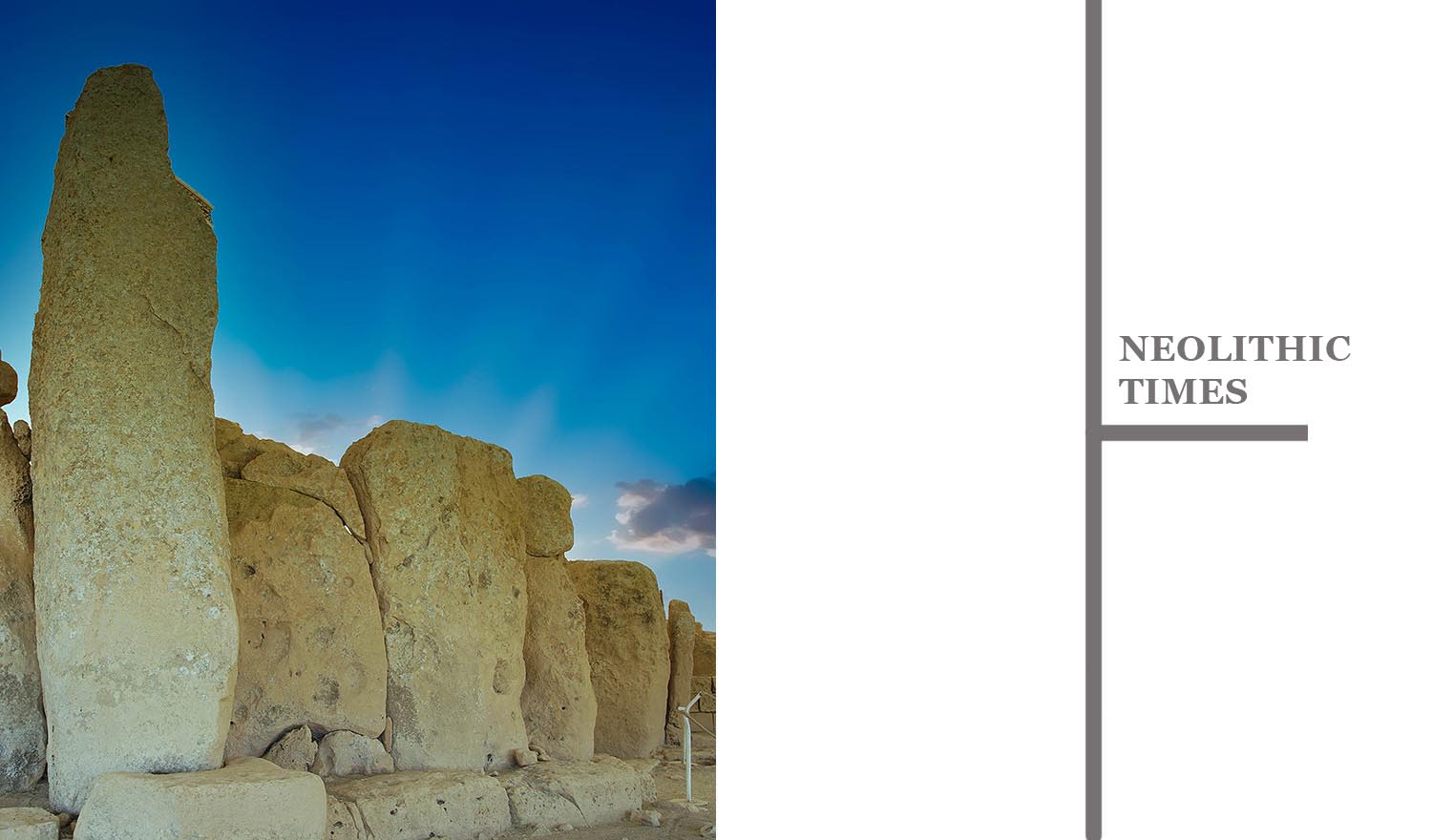
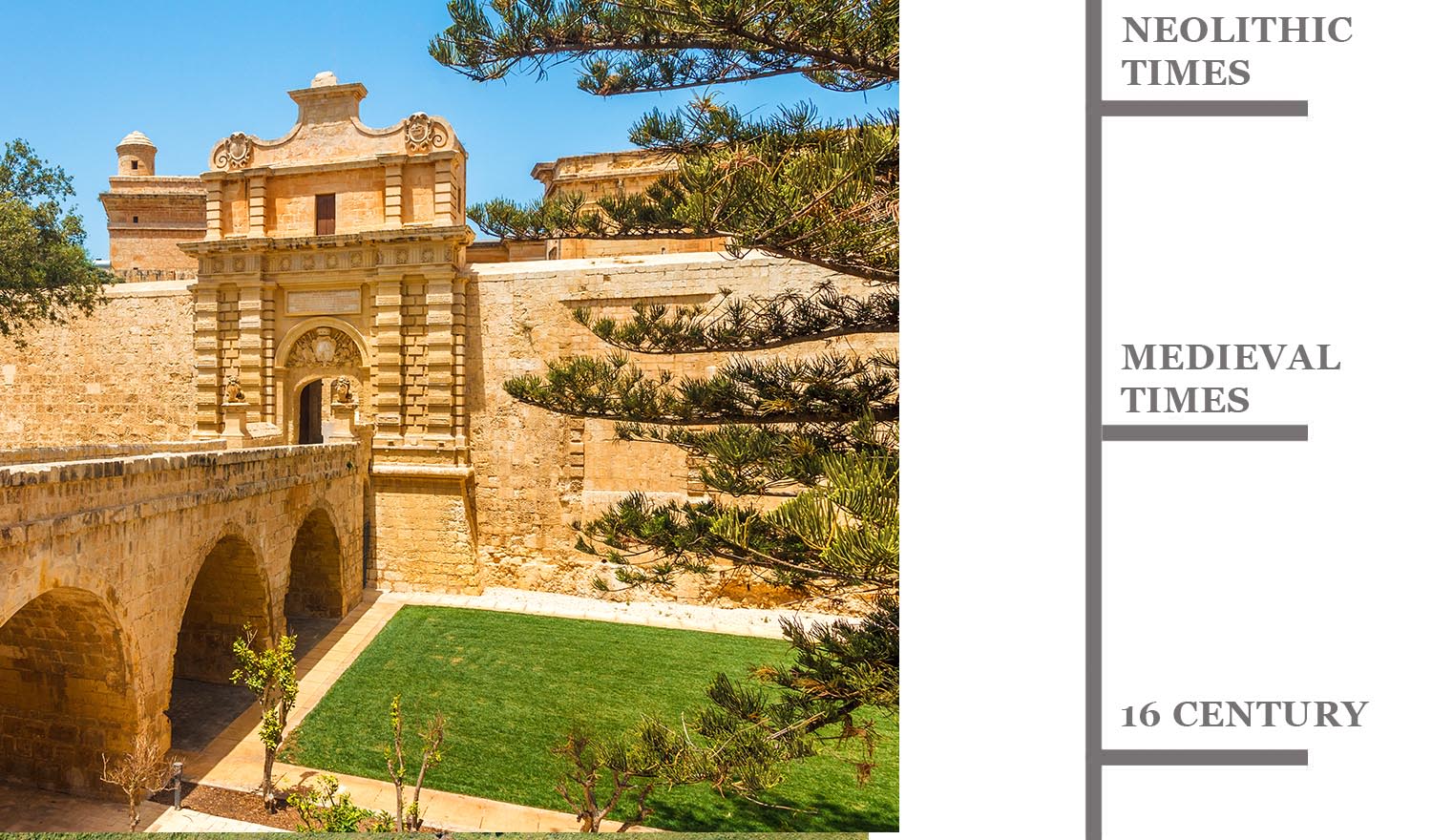
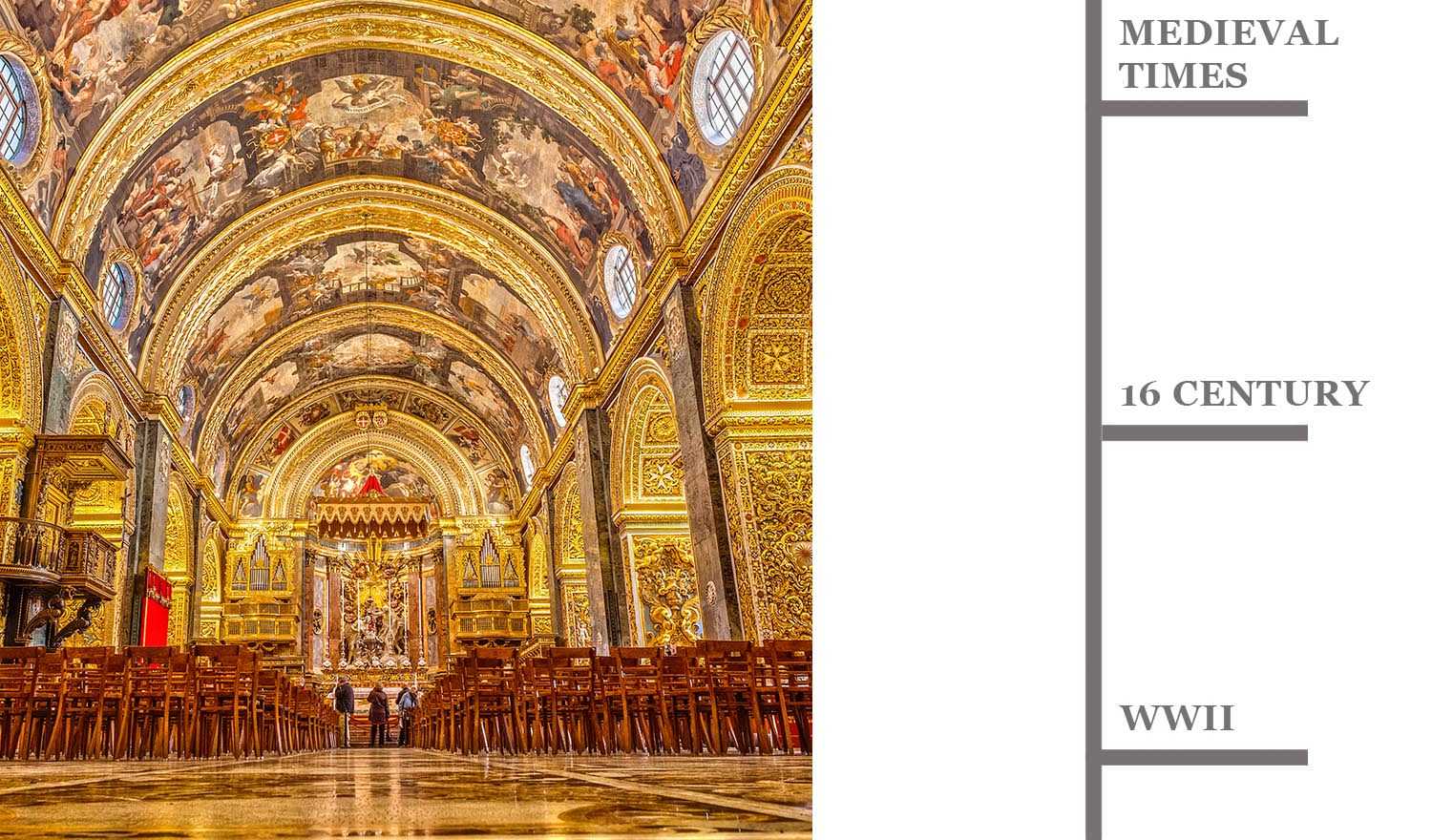
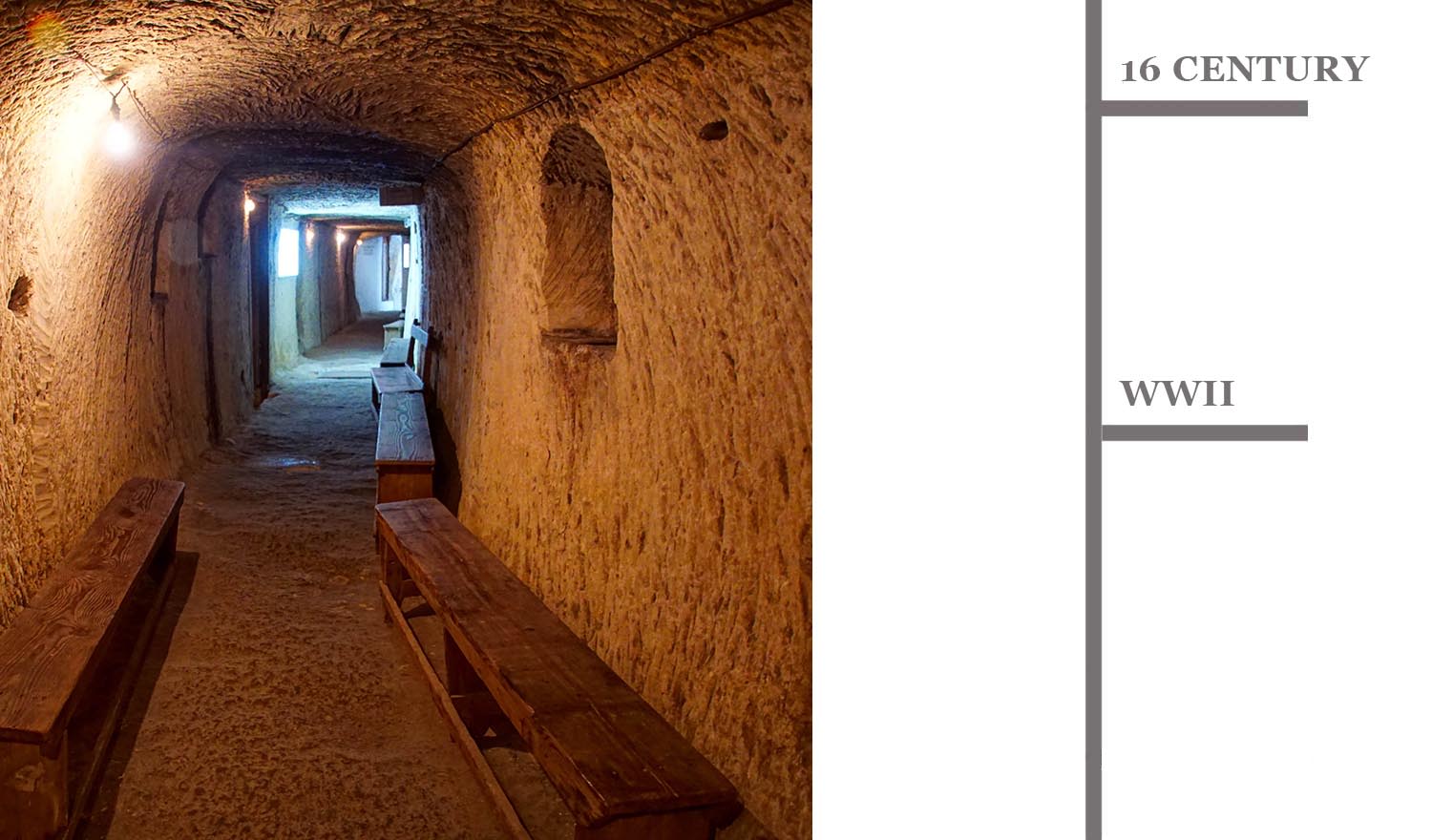
Local gastronomy

1. Feast on fresh fish in Marsaxlokk
This small town in Malta’s southeast is a must-visit local spot. The traditional fishing village is best explored on a Sunday when the open market is alive with fishermen selling their daily catch. As well as the market, Marsaxlokk is also home to many restaurants where you can sit by the harbour and watch the bright boats bobbing on the water.
2. Sample local wines
Malta is home to rolling vineyards where you can meet the locals, tour the land and sample the locally produced wines. Ta Betta, for example, offers exclusive wine-tasting events on their small estate, with a terrace overlooking the Maltese countryside. Wine tours can also be had at Ta Mena Agritourism where the vintages are accompanied by homemade treats such as cheeses and pates. Over on the island of Gozo, an authentic experience can be had at Ta’ Rikardu where you can meet Rikardu himself and see how he makes wine and cheese.
3. Try a cookery course
Arguably the best way to learn about Malta’s gastronomy is to have a go at cooking some of its classic dishes yourself. At Diar Il-Bniet, you can learn about the field to fork ethos on the island and learn how to make easy Maltese recipes. Similarly, the Mediterranean Culinary Academy runs classes about cooking with local and sustainably-sourced ingredients.
4. Get hands-on at a farm
The islands of Malta are used to having to grow their own produce, and a few farms on the archipelago allow you to get a taste of their daily rural life. Merill Eco Tours, for example, brings together local farmers and artisans to allow visitors to get an insight into the local community and see what rural life is like and how local products are made. Similarly, Wardija Olive Estate offers guests tours where you can learn about the importance of olives in Maltese cooking and taste some for yourself during a Maltese lunch.
5. Admire the salt pans
Along the coast of Gozo, don’t miss the salt pans which stretch for three kilometres, glistening under the sun. Despite being 350 years old, the salt pans are still in use today and in the summer, you can watch the locals scraping the seasoning into buckets.
Must-try traditional dishes in Malta

Fenkata
This traditional rabbit stew is considered the national dish of Malta.
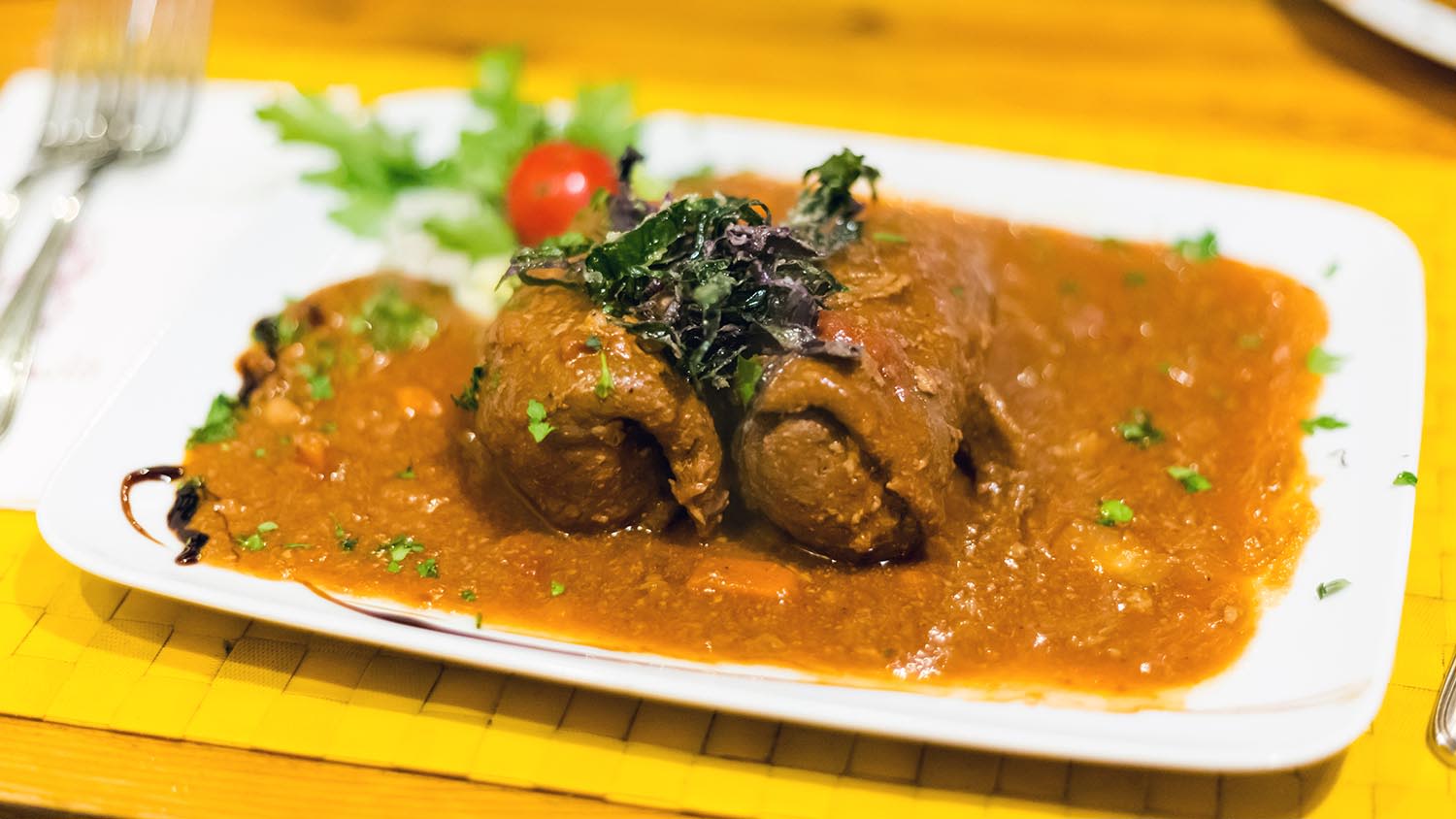
Bragioli
A meat-based dish smothered in tomato sauce.

Ġbejna
Made from goat or sheep milk and served as an accompaniment to many Maltese dishes.
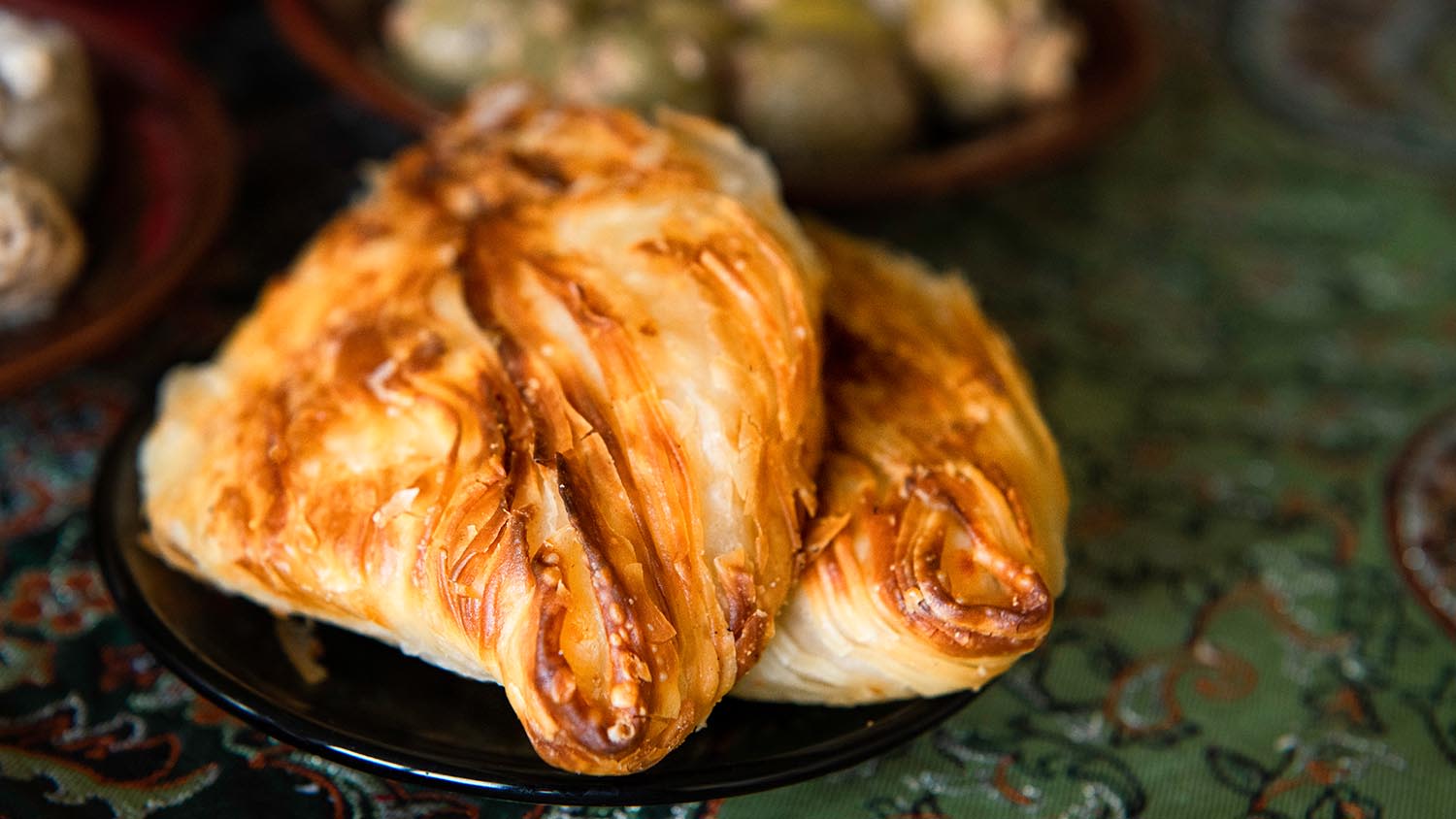
Pastizzi
A go-to snack in Malta of mushy pea or ricotta cheese encased in flaky pastry.
Have an adventure

1. Make a splash
Surrounded by the azure waters of the Mediterranean, it isn't hard to cool off in Malta. One of the best ways to get out on the water is on a kayak, where you can follow the rugged coastline to gaze up at the clifftops and weave in and out of caves. Those looking for more of a thrill should try windsurfing or kitesurfing.
2. Hike
With its coastal views, dramatic cliffs and golden beaches, the Maltese islands offer some seriously scenic hikes. Pair a walk with history by following the Victoria Lines, a defensive wall built by the British Army at the end of the 19th century. The trail is some 12km long and spans the entire width of Malta, offering views across the island and the coast along the way. More walks along the coast can be enjoyed at Gnejna Bay where you can climb the cliffs for a bird's-eye-view above a trio of sandy bays. If it's a cliff-top walk you're after though, little beats the Dingli Cliffs. Some 250 metres above sea level, it's worth the climb to see the Mediterranean turn pink under the sinking sun
In Gozo, the Ta’ Cence Cliffs stand 138 metres above sea level and are home to a large colony of Cory’s Shearwaters. You can hike from the cliffs down to Mgarr Harbour.
3. On the rocks
Malta and Gozo’s cliffs aren’t just reserved for hikers, and there are many ways for all levels of rock climbers to enjoy the cliffs. As well as climbing up, you can also abseil down with the help of expert guides. To really get the adrenaline pumping, what not have a go at freefalling? You can freefall from Migra l-Ferha from a height of 20m, and keen Game of Thrones fans will recognise the rugged scenery.
4. A day at the beach
On Malta’s south east coast, St. Peter’s Pool at Delimara Point is a secluded natural pool known for it’s gin-clear waters. Continue round to Malta’s northwest and you’ll find Golden Bay and further north Mellieha Bay. Both are long and sandy beaches popular with visitors and locals alike. Hop across to the island of Gozo and more sandy beaches can be enjoyed. Ramla il-Hamra (translating to Red Sands) is the biggest sandy beach on the island of Gozo and extraordinarily beautiful. And that’s just for starters, with many hidden bays and ladders to jump straight into the water from the rocks found all across the archipelago.
5. Dive in
Malta is famous in the diving world with year-round balmy temperatures meaning you can dive in whenever you visit. Off the coast of Gozo you’ll discover wonders such as shoals of grouper on the Reqqa Reef and the underwater arches off Xwejni Bay. Comino is great for beginners where you can snorkel in shallow waters, while those willing to venture further for a dive may spot moray eels. History lovers should dive off the coast of Malta to explore a world of sunken ships. Near Gozo, the Blue Hole is one of the best dive sites in Europe where you may spot parrotfish, bream, lobster and octopus.
Where to stay
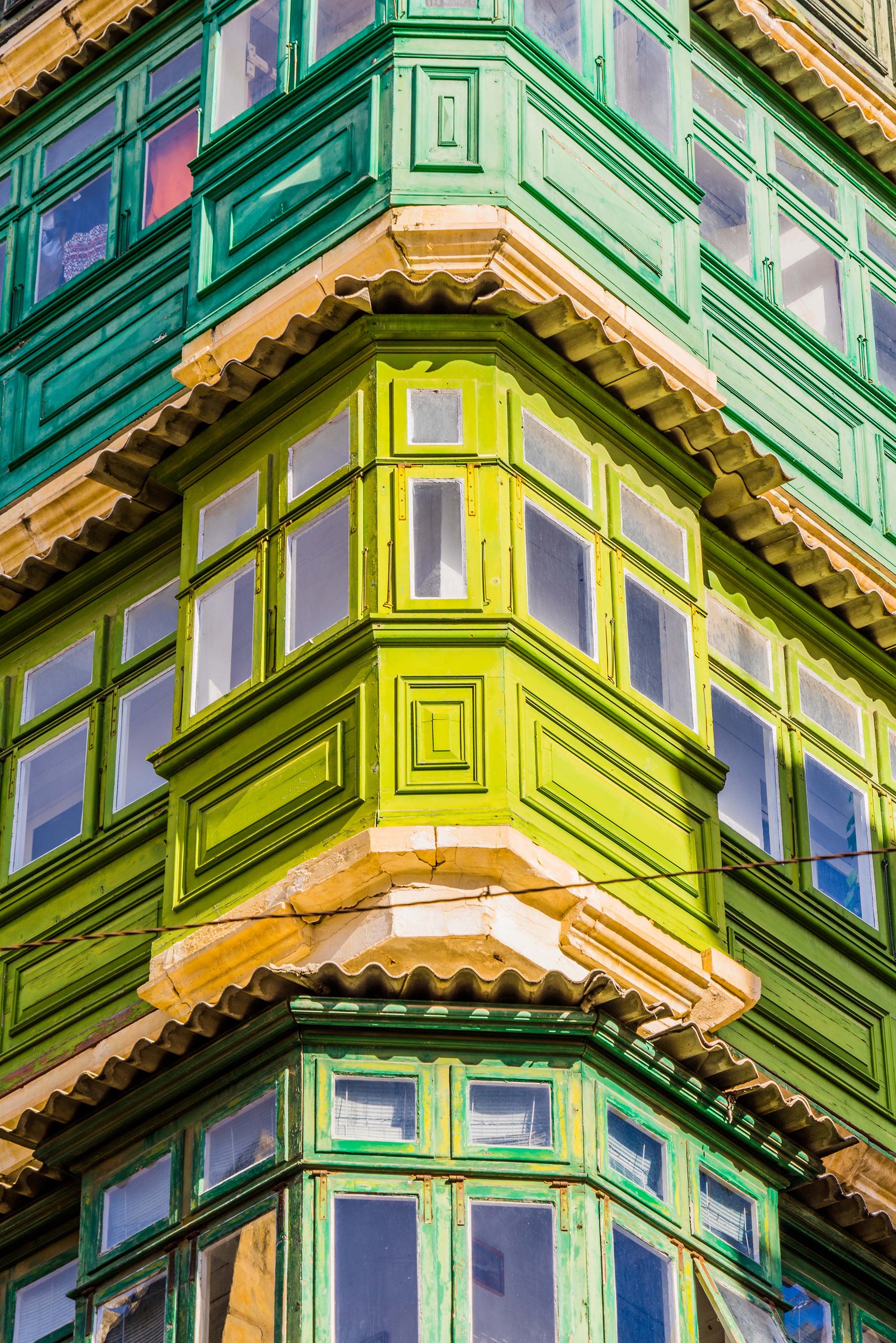
Palazzo Consiglia
This 13 room converted townhouse near Valletta’s Lower Barrakka Gardens boasts a rooftop pool and an underground spa, and is just minutes from the waterfront.
Locanda La Gelsomina
This Eastern-inspired hotel is situated in Birgu, one of the Three Cities and has four suites, a roof terrace and has the historic streets of the Three Cities right on its doorstep.
The Duke
Situated in the heart of Gozo’s capital, Victoria, the Duke offers 360 degree views of the island and has 30 rooms.
Feeling inspired?
To explore more of the island of Malta, head over to the official website.
